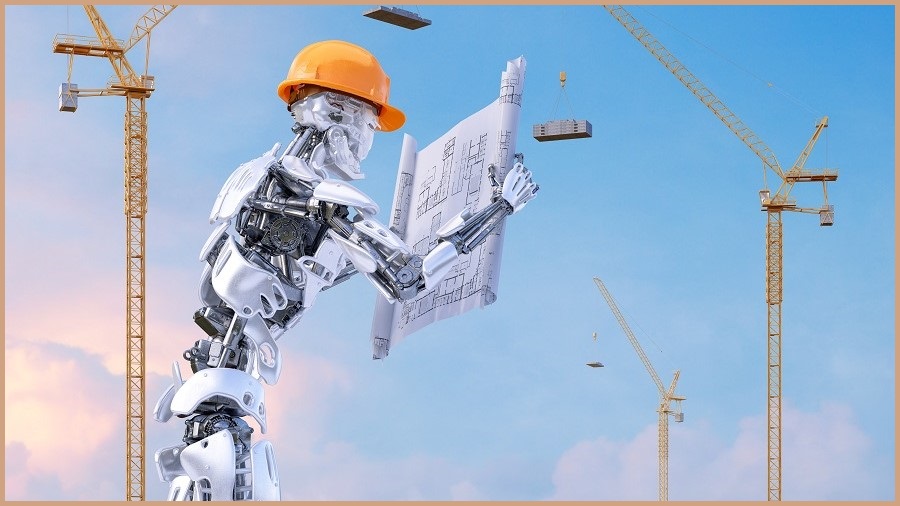Construction could be next labour-intensive industry to see the effects of the robot revolution.
The number of robots in construction and demolition is expected to grow exponentially over the next six years according to a report released this month by market intelligence firm Tractica.
It expects to see market revenue for construction robots grow from $US22.7 million in 2018 to $US226 million annually by 2025.
Tractica senior analyst Glenn Sanders said there are already a few companies using robots to help with problems like safety, speed, accuracy, labour shortages and integration with other construction tech like building information modeling (BIM).
“At this early stage in the construction robotics industry, a few companies are offering products for sale or lease,” said Sanders.
“The main categories that are currently available include robots for demolition, bricklaying, drilling, 3D printing, and rebar tying, plus a few exoskeletons and assistant robots for lifting loads.”
Robot tradies
The construction industry in Australia currently employs more than 1.5 million people and makes up nine per cent of the total workforce.
That's a lot of jobs at risk if the rate of automation dramatically increases.
Should tradies be worried about losing their job to hi-vis robots?
Not yet.
In a survey of 170 Australian construction firms recently conducted by Procore, less than 10 per cent reported using robotics.
Rather, there are more high priority technologies on the horizon.
The Australian construction industry is not exactly high-tech – a third of construction activities still use paper records – but it’s improving.
Procore predicts there will be a rapid increase in the number of construction companies adopting more new technologies – even AI and machine learning – that will classify them as technology leaders.
This should pay off, too.
Most firms expected that greater tech adoption equates to increases in productivity, revenue, and profitability.
“Businesses currently adopting high levels of tech have experienced a notable change in the volume and value of their projects over the past year,” the Procore report says.
“Internet of Things, big data, business information platforms and BIM/CAD are key tech for large companies.
“BI platforms, augmented reality & AI/machine learning will be key for medium sized companies.”
Skills
With a new set of technologies comes a greater need for different skills.
“Given the increasingly changing nature of the construction industry, construction businesses predict a greater demand for candidates with a broader range of skillsets in 2019,” the report says.
“Construction firms are more likely to be looking at new hires who have exceptional communication skills or proven management ability.”
Yet there is one technology that stands out as the biggest disruptor for the construction industry over the next three years.
Pre-fabrication
We have already seen the amazing things that can be done with pre-fabricated parts – from when a Chinese company built a 57-storey skyscraper in 19 days to the many homes built around the world.
Nearly a third of construction businesses reported using pre-fabricated parts currently because of how they offer more project oversight in controlled environments which reduces risk, increases efficiency and lowers costs.
Pre-fabrication can still succumb to human error.
Just last month a major manufacturer of Japanese pre-fabricated homes revealed that defects were found in around 2,000 of its buildings.










